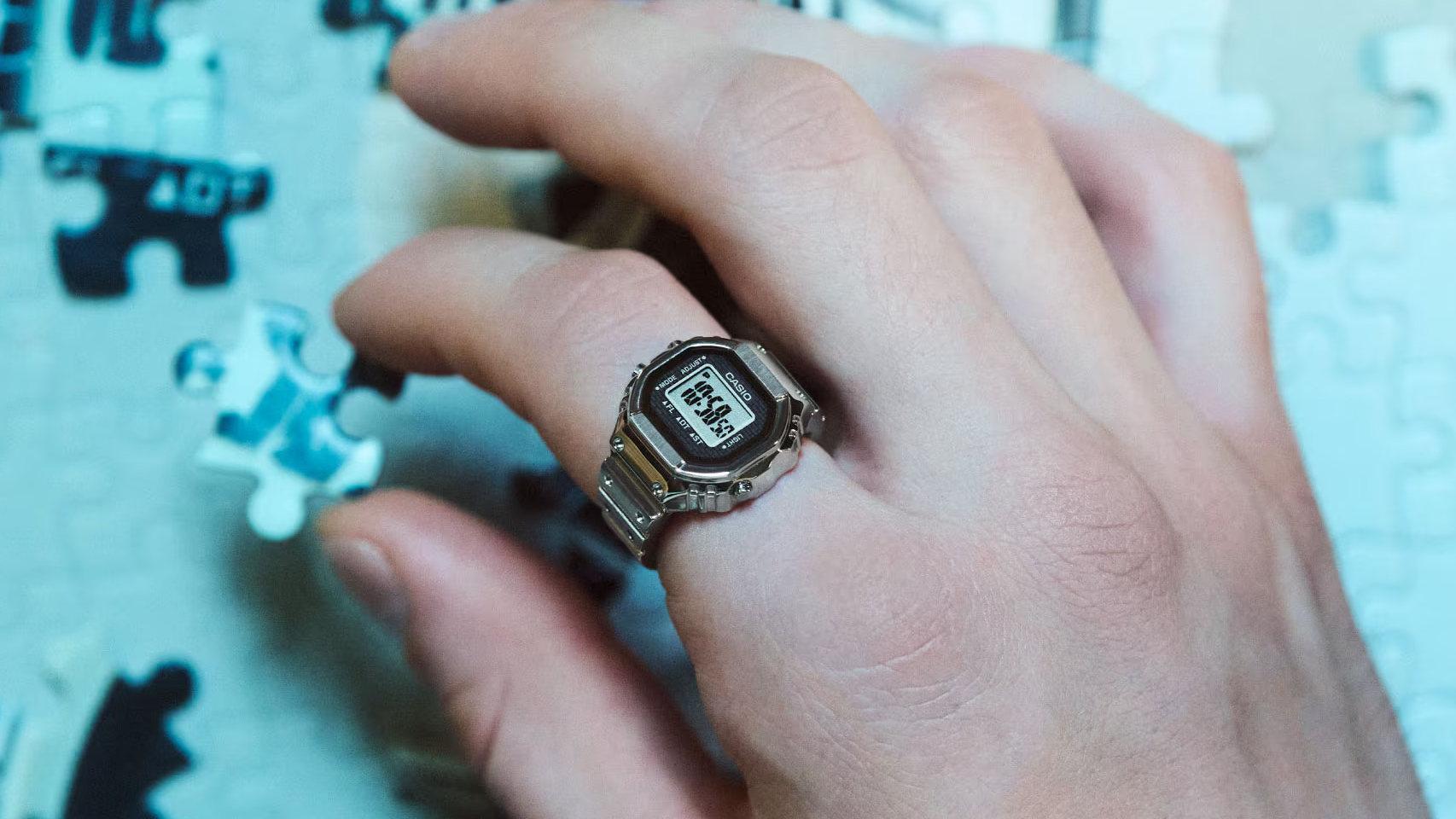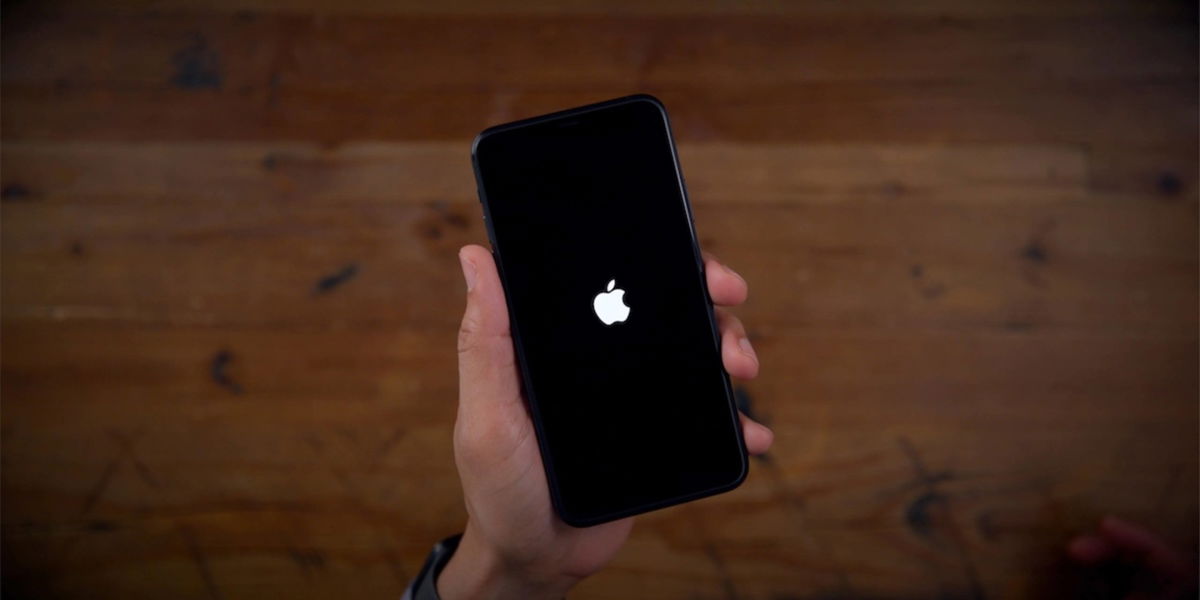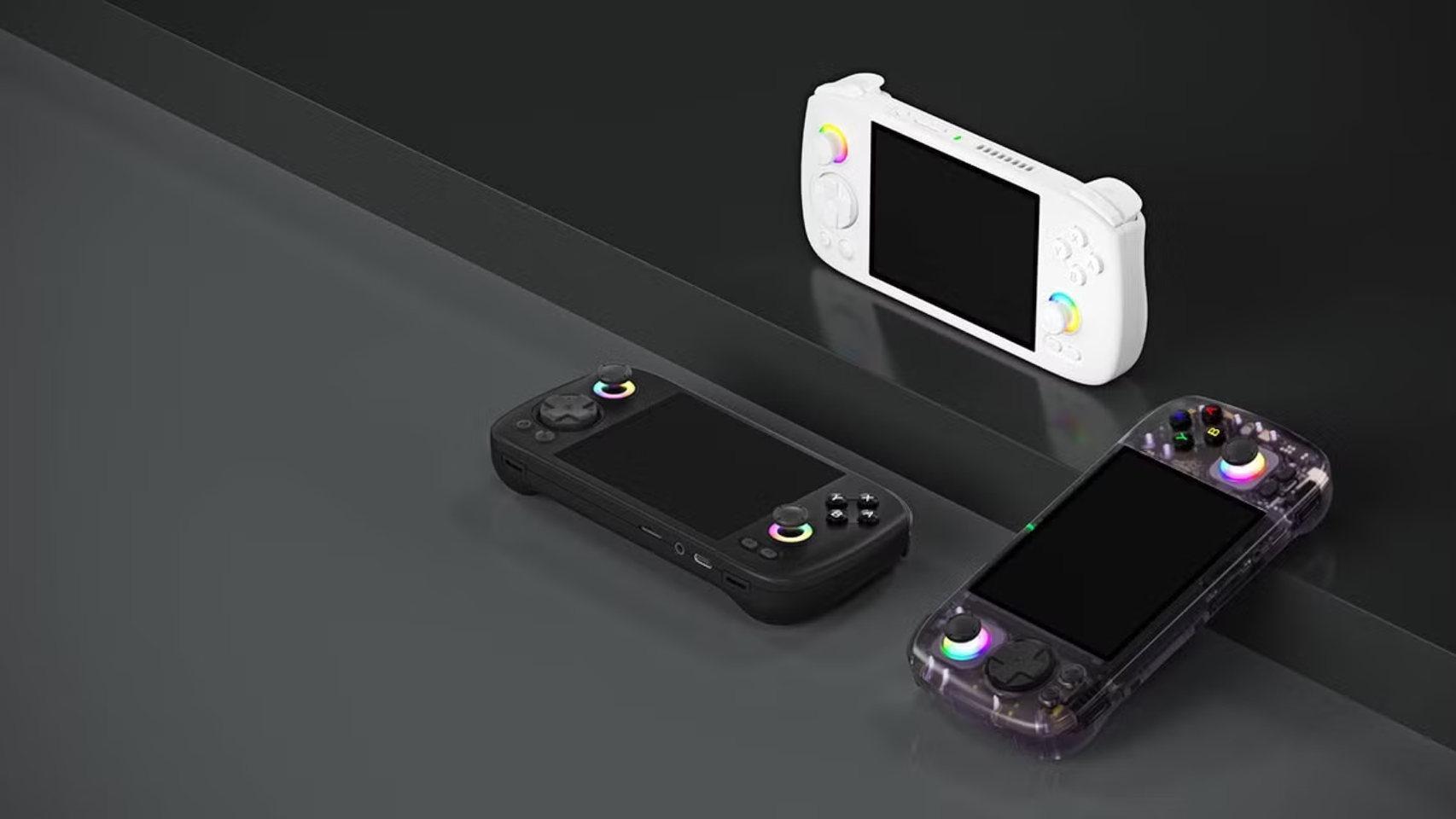I have been using smartphones, for professional or personal reasons, for 17 years. In 2003 I remember buying the first of these, the Nokia 3650, a 2021 eyed monstrosity with a very strange keyboard and a huge size, especially for a 2.1 inch screen.
From that moment, I switched between operating systems, and I used models with Windows Mobile, Symbian, Maemo, Android, iOS … but no mobile made me the same impression as the Nokia N95 .
In fact, I wrote about this terminal some time ago on the blog, even though it didn’t use Google’s mobile operating system. Moreover, this smartphone was about to be reborn with Android inside.
The feeling of being a perfect mobile
What impressed me so much about the Nokia N95 was the feeling that it was a perfect phone in terms of hardware. It had everything you could ask for, at least before the iPhone changed what was asked of mobiles.
Its use was uncompromising and the photographic experience was far superior to that of its rivals.
And that same feeling that I had time to test the Huawei P30 Pro about two years ago.
A very balanced mobile
This flagship from Huawei offered a body with a large screen but without increasing the diagonal or the weight to what we now have as usual, which allowed the use for games but also the use of one hand. more or less comfortable.
In the autonomy section, Huawei has always boasted of offering excellent performance and this mobile also offered fast wired charging … and wireless charging, which even today many brands do not include in their best mobiles.
The screen is true that it didn’t boast of a high resolution or refresh rate (although in 2019 that wasn’t normal either), but it did contain OLED technology and a sensor d ‘fingerprints.
The exterior design has led Huawei to achieve what many brands want, its image to be iconic. And it did so with vivid colors, an evolution of what has been seen in the Huawei P20 Pro, and a different camera module.
A camera that fell in love

Photograph taken with the Huawei P30 Pro, raw.
But the most memorable thing about the Huawei P30 Pro was its camera. The Chinese company was using its RYYB sensors for the first time, which offered much better texture and image processing than before.

Photograph taken with the Huawei P30 Pro, raw.
I remember it was the cell phone I took on my last big trip before the pandemic, the one I took Prague and Budapest, and there are a lot of photos from this trip that I think are great.
Analysis of the Huawei P30 Pro, an excellent mobile that excels in photography
The Huawei P30 Pro goes through our analysis table to demonstrate its capabilities in all areas. It is powerful and feature rich.
The versatility of this camera, the periscopic zoom that even in 2021 many brands are distributing, allowed me to take pictures that otherwise would have been impossible for me.

Photograph taken with the Huawei P30 Pro’s 5x periscope zoom, raw.
Special mention to the night mode, which, while capable of taking pictures in total darkness, stands out in less drastic situations, offering incredible detail.

Raw photograph taken with Huawei P30 Pro night mode.
The wide angle also delivered, not least thanks to a much improved HDR, which was also appreciated in the front camera.

Photograph taken with the wide angle of the Huawei P30 Pro, raw.
Even the portrait mode took advantage of a ToF sensor that today includes iPhones of the highest category.

Photograph taken with the Huawei P30 Pro, raw.

Photograph taken with the Huawei P30 Pro, raw.
The zenith of a brand
No one has lost sight of the Nokia N95 as the company’s era-changing mobile phone. In the case of the Finnish company, its sale to Microsoft and its subsequent split from the network division.
In Huawei’s case, the P30 Pro was the last flagship using Google’s services and apps, making it the latest top-of-the-line sold in the West.
Currently, Huawei is refocusing on other products, such as headphones and watches, where it is ahead of most of its rivals, but is struggling more in the smartphone division.
Few companies have the capacity to create a device that stands up to the test of time so well and the Huawei P30 Pro is an example of how much the company has changed in the second decade of the 21st century from being a Chinese brand. economical to one of the biggest benchmarks.
Huawei FreeBuds 4i review
Análisis OPPO Find X3 Pro
Análisis Xiaomi Redmi Note 10 Pro
OPPO and Android 11: it’s Color OS 11
3 reasons to buy a gaming mobile
Android 11, Xiaomi and MIUI 12
We analyze Android 11 in Samsung mobiles
PocoPhone POCO M3 review
Review Samsung Galaxy S21 Ultra
Samsung Galaxy A42 review
We tested the Samsung Galaxy S21
Xiaomi Redmi Note 9T review
Table of Contents










